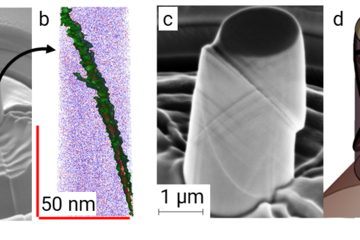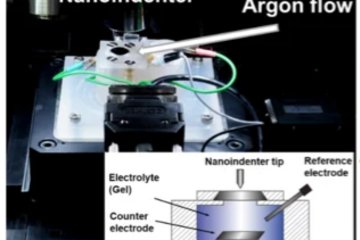All genres
21.
Talk
Chemo-mechanical phase-field model for two-sublattice phases: phase precipitation in Al–Zn–Mg–Cu alloys. 19th International Conference on Strength of Materials ICSMA, Metz, France (2022)
22.
Talk
Coupling Crystal Plasticity and Phase Field Methods - The Future of Integrated Computational Materials Engineering? Seminar "Materials Technology, in particular of Magnesium Materials", Geesthacht, Germany (2020)
23.
Talk
CALPHAD-informed phase-field modeling of grain boundary microchemistry and microstructure in Al–Zn–Mg–Cu alloys. LightMAT 2019 - 3rd Conference & Exhibition on Light Materials, Manchester, UK (accepted)
24.
Talk
DAMASK: The Düsseldorf Advanced Materials Simulation Kit. Seminar of the Department of Materials Science and Engineering of the Ohio State University, Columbus, OH, USA (2019)
25.
Talk
Coupling Crystal Plasticity and Phase Field Methods - The Future of Integrated Computational Materials Engineering? Recent Advances in the Modeling and Simulation of the Mechanics of Nanoscale Materials, Philadelphia, PA, USA (2019)
26.
Talk
Phase-field/CALPHAD methods for multi-phase and multi-component microstructures. The 4th International Symposium on Phase Field Modelling in Materials Science (PF 19), Bochum, Germany (2019)
27.
Talk
An integrated crystal plasticity and phase field model to simulate twinning behavior in magnesium. Euromat 2017, Thessaloniki, Greece (2017)
28.
Talk
An integrated crystal plasticity-phase field approach to locally predict twin formation in magnesium. DGM Meeting, "Herausforderungen bei der skalenübergreifenden Modellierung von Werkstoffen ", Regensburg, Germany (2017)











